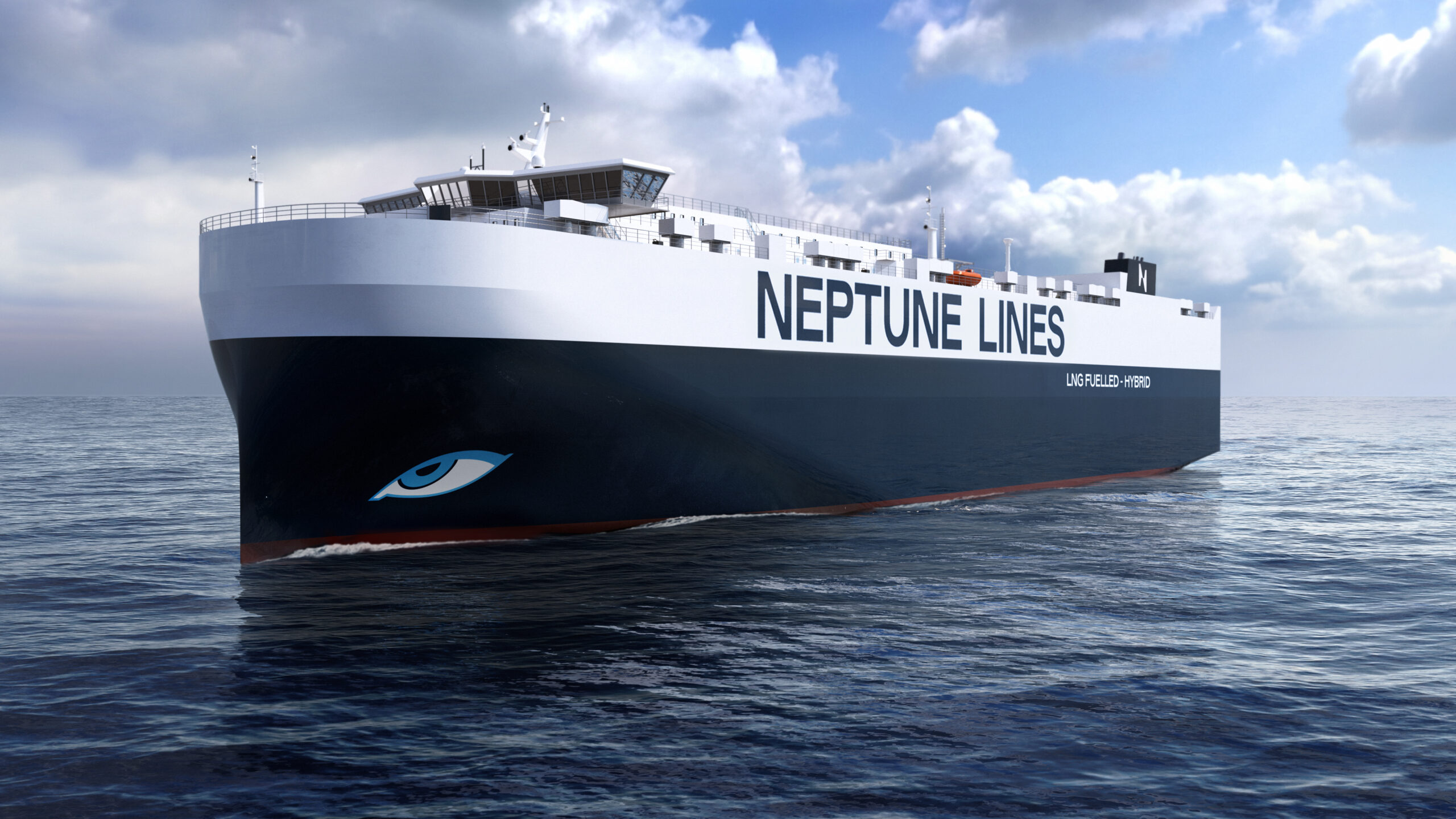The Nikkei Asian Review has this week reported on how virtual reality systems can enhance efficiency in the shipbuilding sector.
The original Nikkei Asian Review report read:
Japanese ship manufacturers are enlisting the help of cutting-edge technologies such as virtual reality systems to boost productivity as they aim to take on Chinese and South Korean rivals amid a cooling market.
Mitsui Engineering & Shipbuilding is supporting the Japan Ship Technology Research Association, which consists of 185 groups and companies, in developing a system to analyze workers’ behavioral patterns. Cameras placed throughout a job site will determine how employees do their work through the colors and strength of lighting in the images. Those results will be matched with data generated by accelerometers installed in the laborers’ smartphones and communication ranges, as well as radio-frequency identification tags placed on welding devices and other machinery.
The data analysis will help reconfigure the work process and the positioning of machinery and industrial tools. Depending on the shipyard, work time will be cut by up to 40%. The system will be used in the welding and grinding processes when connecting parts to steel plates.
Namura Shipbuilding and Sumitomo Heavy Industries are among those taking part in the project. The Tokyo-based ship research association will contribute 45 million yen ($448,000) to cover development costs.
Tsuneishi Shipbuilding is using virtual reality simulations to upgrade the coating process. A VR image of the ship is projected on a large screen while workers wearing 3D glasses paint the “vessel” using spray cans. The job will be analyzed to judge whether the painting is uniform, with workers receiving feedback such as areas for improvement.
The midtier shipbuilder created its own evaluation criteria linked to the new VR system. Tsuneishi aims to cut coating costs for midsize bulk carriers, as each ship requires 60 million yen to 70 million yen worth of paint.
Fujitsu and other firms are developing an augmented reality system to support tanker construction. By viewing a pipe with a smartphone or tablet, a worker can retrieve that pipe’s installation position and procedures as well as reports and other data. A single tanker contains 7,000 to 20,000 pipes, and the new protocol can cut the time to check a pipe from 10 minutes to around one minute.
The shipbuilding industry has been hit by the yen’s appreciation and a slowdown in developing economies. Demand also has cooled since the end of last year, following a rush of orders ahead of stronger environmental regulations. Japan’s transportation ministry is also introducing the i-shipping concept to shipyards, where machinery is connected through the “internet of things.” The ministry is considering subsidies and other support to promote higher productivity amid a labor crunch. The aim is to have one worker do 250 gross tonnage of work in 2025, up 50% from 2014.
To read the original article please click here.
Image: Courtesy of Nikkei Asian Review.
Ship Efficiency Review News
To contact the reporter responsible for this article, please email editor@fathom-mi.com

































